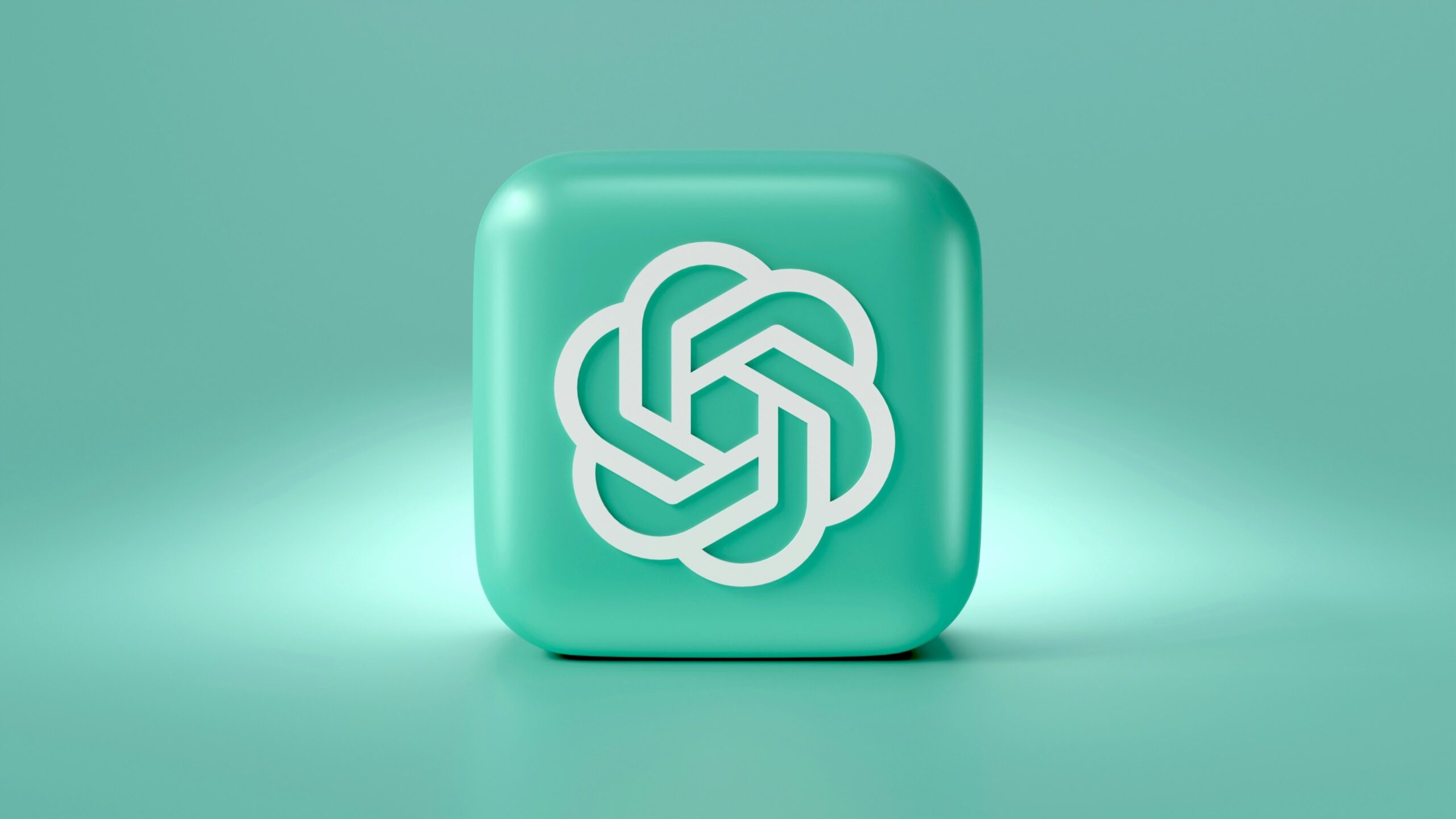There’s rightly been a lot of hype over the past two years on generative AI and how it can increase productivity and automate parts of your work. You can find countless articles and videos on how to use ChatGPT to come up with business ideas, create content, code, and more. But I think it is a real danger to over-rely on using AI at this stage, it can do amazing things, but the work needs to be carefully checked by a human for accuracy, plus, people are already starting to be able to recognize AI-generated content so it likely needs to be rewritten with a human touch if you have it create complete blog posts or articles.
The key to success is to utilize AI strategically for what it’s good at, but still use some good ol’ fashioned elbow grease to fine-tune the output. In this article, I’m not going to share how to get rich or write a book with AI, but I am going to share real actionable use cases that marketers and others can implement today that save time and produce good results, without compromising the quality of your work.
Brainstorming
ChatGPT is pretty decent at brainstorming with the right prompt, but you will need to be specific to get good results. I find that often the ideas are either too similar with small variations, or on the opposite end, completely out there and not in line with what your original idea was. You need to give a detailed prompt with clear parameters. Pro tip: You can customize ChatGPT by providing some baseline information that it will use when relevant for all your prompts. This saves you from providing background info for each prompt. I suggest you save several versions depending on what you plan on using it for. For work, you can include a description of your target audience, value proposition, and other relevant details that it can pull from.
Research
Rather than searching and visiting many sites you can ask ChatGPT and get the information you need. I do suggest you be very careful with this though, as it can generate incorrect information, so I usually only do this for topics I am already familiar with and will be able to recognize inaccuracies. I find it is very good for thought exercises, and exploring concepts and theories that I have and want to talk through. These may not be important or valid enough to discuss with another person, but using ChatGPT allows me to articulate and flesh out my thoughts and get decent feedback.
Summarizing
This is one of my favorite use cases for ChatGPT. As marketers, we are often creating multiple pieces of content for a single campaign. For example, for a webinar, you may need a description for the landing page, another one for an invitation email, text for a social post, another for direct invites, etc. ChatGPT is very good at helping you come up with different versions, as long as you have a solid version for it to work off of. Again, you need to be precise in your prompt (tone/style, word count, channel, etc) and edit the output, but you can definitely save time in most cases.

Outlines
It is much more useful to use ChatGPT for creating outlines for content like blog posts, rather than having it write the whole thing. You will probably still need to edit and clean up the output (it tends to generate extremely long section titles for example) and ensure everything is compelling and makes sense. So using ChatGPT for outlines can be useful, but until you get used to it, you may end up spending more time fine-tuning than if you just did it yourself. I often have it spit out several versions and then pick and choose what I think would work best.
Repurposing
This is another strong contender for my favorite use case. If you want to repurpose content, turn a blog post into an infographic for example, ChatGPT is very good at pulling out the highlights and formatting them in a way that is good for your new content. You just have to be very exact with your prompt, like telling it not to add anything new. One example of this is when I used an AI transcriber to get a text file of a webinar, and then used ChatGTP to turn that into an article. There was still a lot of work for me to do, I had ChatGPT summarize the talk first and order the key themes into sections, then I went back and expanded on each one, then took those points and wrote an article-style post from it instead of bullet points. But it still saved me probably 4-5 hours of work by using AI instead of doing everything myself.
In conclusion, I think it is important for marketers to start using AI if they don’t want to fall behind. As with any new technology, there will be early adopters and then it will become mainstream and accepted by almost everyone. We are still in the early adoption phase for marketers using ChatGPT in their daily work, so now is the best time to get started. Just don’t fall into the trap of trying to let it do your work for you or you’ll end up with subpar results and be a worse marketer. I hope you try these 5 use cases and let me know how else you use ChatGPT in the comments!
If you liked this post, you may like to read My Simple 5-Step Process For Creating Great B2B Content.

